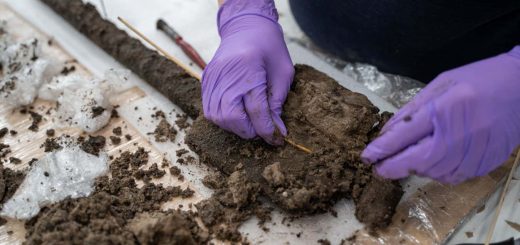BepiColombo snaps Mercury’s dark craters and volcanic plains
The BepiColombo spacecraft is due to start orbiting Mercury next year, but a recent flyby has captured breathtaking images of its pockmarked surface
By Alex Wilkins
9 January 2025
The division between light and dark over the north pole of Mercury, viewed from the BepiColombo spacecraft
ESA/BepiColombo/MTM
These pictures of Mercury’s pockmarked surface are the last we’ll see before the BepiColombo mission begins orbiting the solar system’s innermost world in late 2026.
Since launching in 2018, the joint European-Japanese BepiColombo spacecraft has flown by Mercury six times, using each successive approach to reduce its speed and adjust its flight path to make it easier to get into orbit. While the mission’s main scientific instruments haven’t yet been put to use, the spacecraft’s monitoring cameras have given us some of the clearest views we’ve ever had of the Swift Planet.
Read more
Inside NASA’s ambitious plan to bring the ISS crashing back to Earth
Advertisement
The European Space Agency (ESA) has now released three of the most captivating images from BepiColombo’s most recent flyby on 8 January, taken from around 300 kilometres above Mercury’s surface as it flew over the planet’s north pole and northern regions.
“It meant getting up at 5.30am, but once close-up images started to appear in our shared folder, it was worth it,” says David Rothery at the Open University, UK. “We had studied some simulated views in advance and used these to devise our imaging strategy, but what we saw was better than expected.”
The image above, taken over the planet’s north pole, shows the clear division between sunlight and darkness on Mercury, which researchers call the terminator line. Mercury has some of the hottest temperatures in the solar system where sunlight falls on its scorched surface, but it also has some of the coldest, in craters that are permanently shadowed by their rims.


